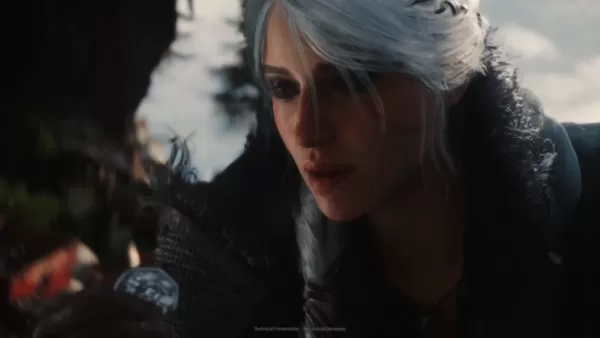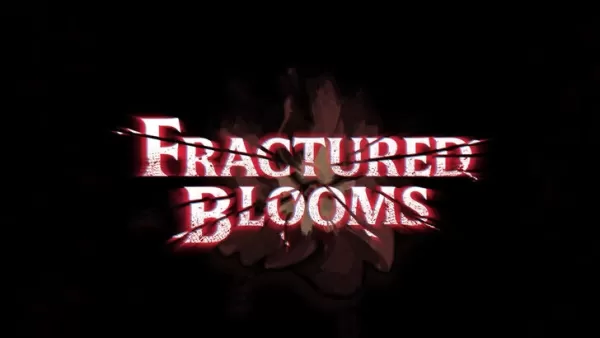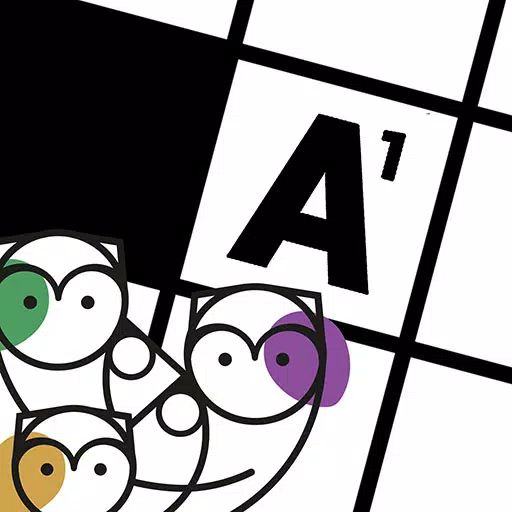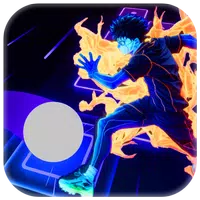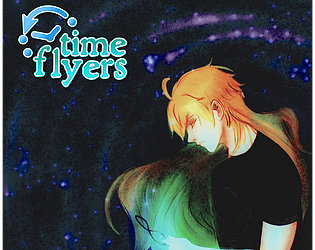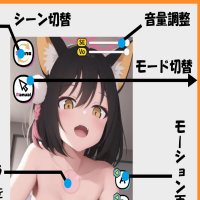When director Hugo Martin revealed that the guiding principle for Doom: The Dark Ages was "stand and fight" during Xbox’s Developer Direct earlier this year, it immediately captured my attention. This concept starkly contrasts with id Software's previous title, Doom Eternal, which thrived on fast-paced, mobile combat. However, there was one enemy in Eternal that demanded players to "stand and fight": the Marauder. This enemy sparked significant controversy among players—loathed by many, yet adored by me. The moment I discovered that Doom: The Dark Ages' combat hinged on reacting to bright green lights, similar to the key tactic for defeating the Marauder, I knew I was hooked.
Rest assured, The Dark Ages doesn't lock you into a frustrating duel with an enemy as tricky as Eternal's Marauder. There's the Agaddon Hunter, shielded and armed with lethal combo attacks, but the essence of Eternal’s challenging encounters permeates the entire game. The principles behind the Marauder have been reimagined and integrated into the core combat mechanics of The Dark Ages, resulting in battles that embody the Marauder's strategic depth without its frustrations.
The Marauder stands out as an unconventional adversary. In Doom Eternal, combat usually involves navigating around arenas, slicing through lesser enemies, and juggling between larger threats. Eternal has often been described as a management game, not just in terms of resources but also in how you manage space, speed, and weaponry to control the battlefield. The Marauder shatters this dynamic, demanding undivided attention, often in one-on-one confrontations. When it appears in larger battles, the best strategy is to dodge its attacks, clear the area of weaker enemies, and then engage directly.
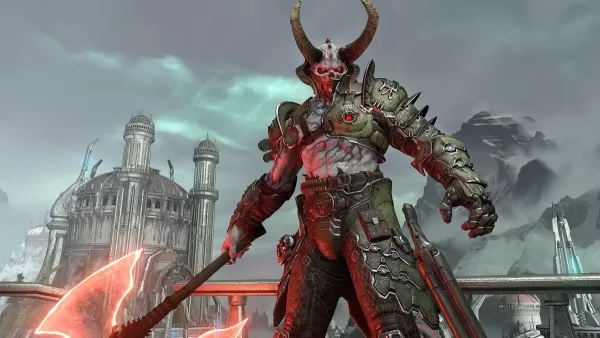 Doom Eternal's Marauder is one of the most controversial enemies in FPS history. | Image credit: id Software / Bethesda
Doom Eternal's Marauder is one of the most controversial enemies in FPS history. | Image credit: id Software / Bethesda
Engaging the Marauder isn't about standing still—it's about controlling the battlefield through strategic positioning. Getting too close risks a devastating shotgun blast, while staying too far away invites a barrage of projectiles, though easier to dodge, keeps you out of range of its vulnerable axe swing. The key moment is when the Marauder's eyes flash bright green during the axe's wind-up; this brief window is your chance to strike. His energy shield absorbs all other attacks, so you must position yourself perfectly to capitalize on this opening.
Similarly, in Doom: The Dark Ages, bright green flashes signal critical moments. A nod to the original Doom, enemies unleash volleys of projectiles, with special green missiles that the Doom Slayer can parry using a new shield, sending them back at their source. Initially, this is a defensive move, but once you unlock the shield’s rune system, parrying becomes a powerful offensive tool, stunning demons or triggering an auto-targeting cannon.
Navigating The Dark Ages' battlefields involves a series of focused, one-on-one engagements with various powerful demons. While survival doesn't solely rely on these green signals, mastering the shield runes makes parrying a crucial part of your strategy. Integrating parrying into your combat style reveals similarities with Eternal’s Marauder battles. You need to find the optimal distance, as demons won't fire at close range, and position yourself to intercept the green projectiles. Like timing the Marauder's axe swing, quick reactions are essential for successful parries. This focus turns your journey across the game's battlefields into a series of strategic stand-offs.
The Marauder's primary criticism was its disruption of Doom Eternal's flow. It forced players to abandon their usual tactics, which is why I appreciate it so much: while Eternal's combat is like a ballet, the Marauder demands break dancing. Eternal broke the norms of first-person shooters, requiring new approaches to resources, weapons, and engagements. The Marauder then broke these new norms, presenting the ultimate challenge. While I enjoy this, I understand why many found it frustrating.
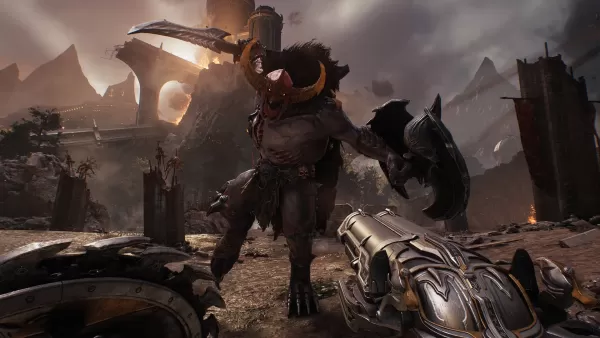 The Agaddon Hunter may be the most Marauder-like enemy in The Dark Ages, but every demon has a little bit of Eternal's most fearsome foe in them. | Image credit: id Software / Bethesda
The Agaddon Hunter may be the most Marauder-like enemy in The Dark Ages, but every demon has a little bit of Eternal's most fearsome foe in them. | Image credit: id Software / Bethesda
Doom: The Dark Ages addresses this issue by integrating varied combat styles into the broader combat system. Each major enemy has unique green projectiles or melee attacks, requiring different strategies. For example, the Mancubus fires energy "fences" with green "pillars" at the ends, necessitating side-to-side movement to parry. The Vagary sends out rows of deadly spheres, demanding you sprint to intercept deflectable ones. The skeletal Revenant, echoing the Marauder, remains invulnerable until you parry one of its green skulls.
Because each demon requires a unique approach, new enemies don't disrupt the flow as the Marauder did in Eternal. The Agaddon Hunter and Komodo introduce difficulty spikes with their intense melee attacks, but by this point, you're accustomed to adapting your movement and reactions. Eternal's rules focused on using the right weapon for the right demon, not the positioning and reaction-based tactics needed for the Marauder.
The Marauder's issue wasn't its design but its unexpected deviation from the game's established rules. Doom: The Dark Ages prepares players for this by making reaction-based mechanics central to the experience, rather than a surprise challenge. While the parry window in The Dark Ages is more forgiving than the Marauder's eye flash, even on higher difficulties, the essence of the Marauder—synchronizing with an enemy, waiting for the perfect moment, and striking when the light turns green—remains integral to every battle. Doom: The Dark Ages reinterprets these concepts but keeps them recognizable. You stand and you fight.

